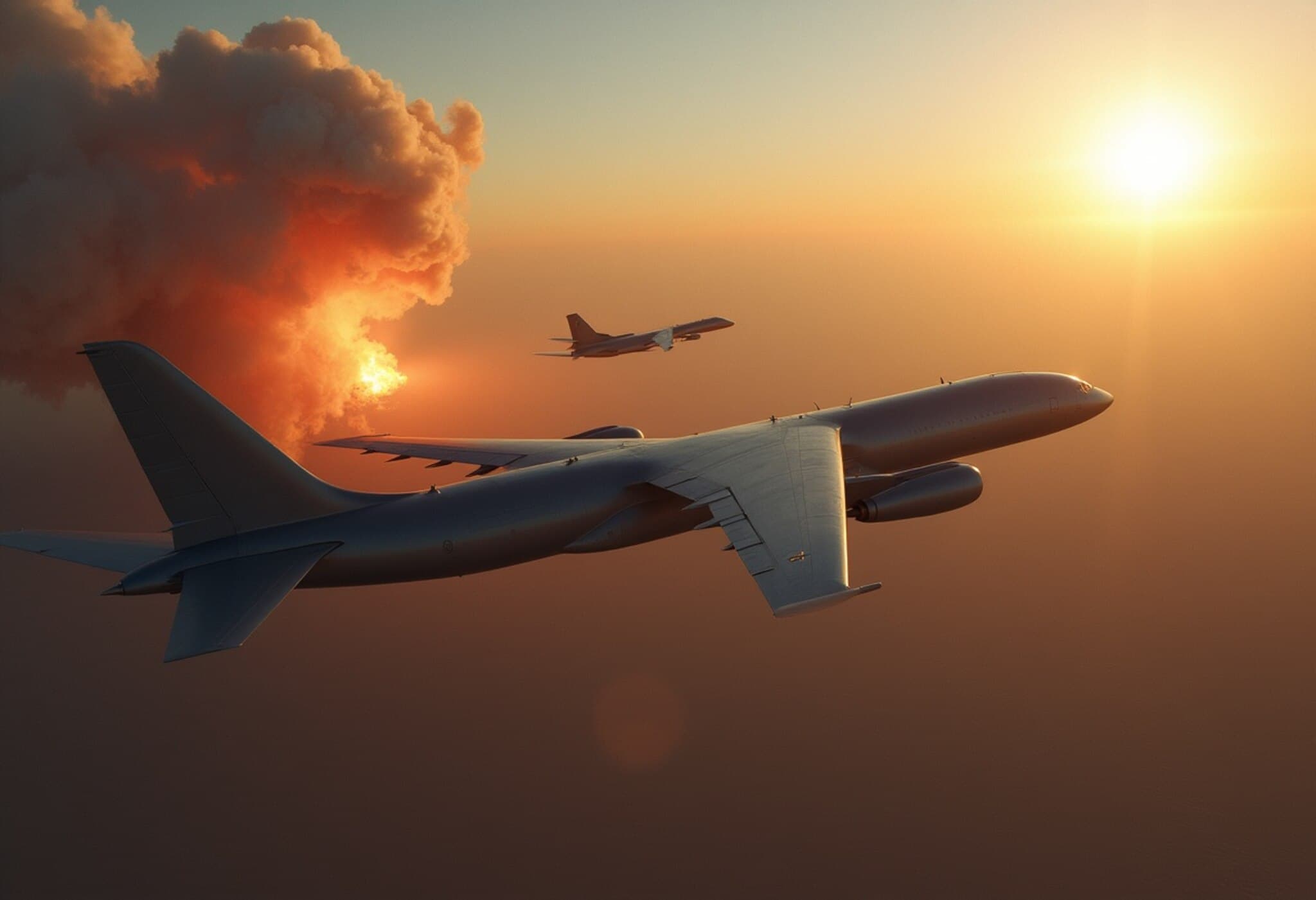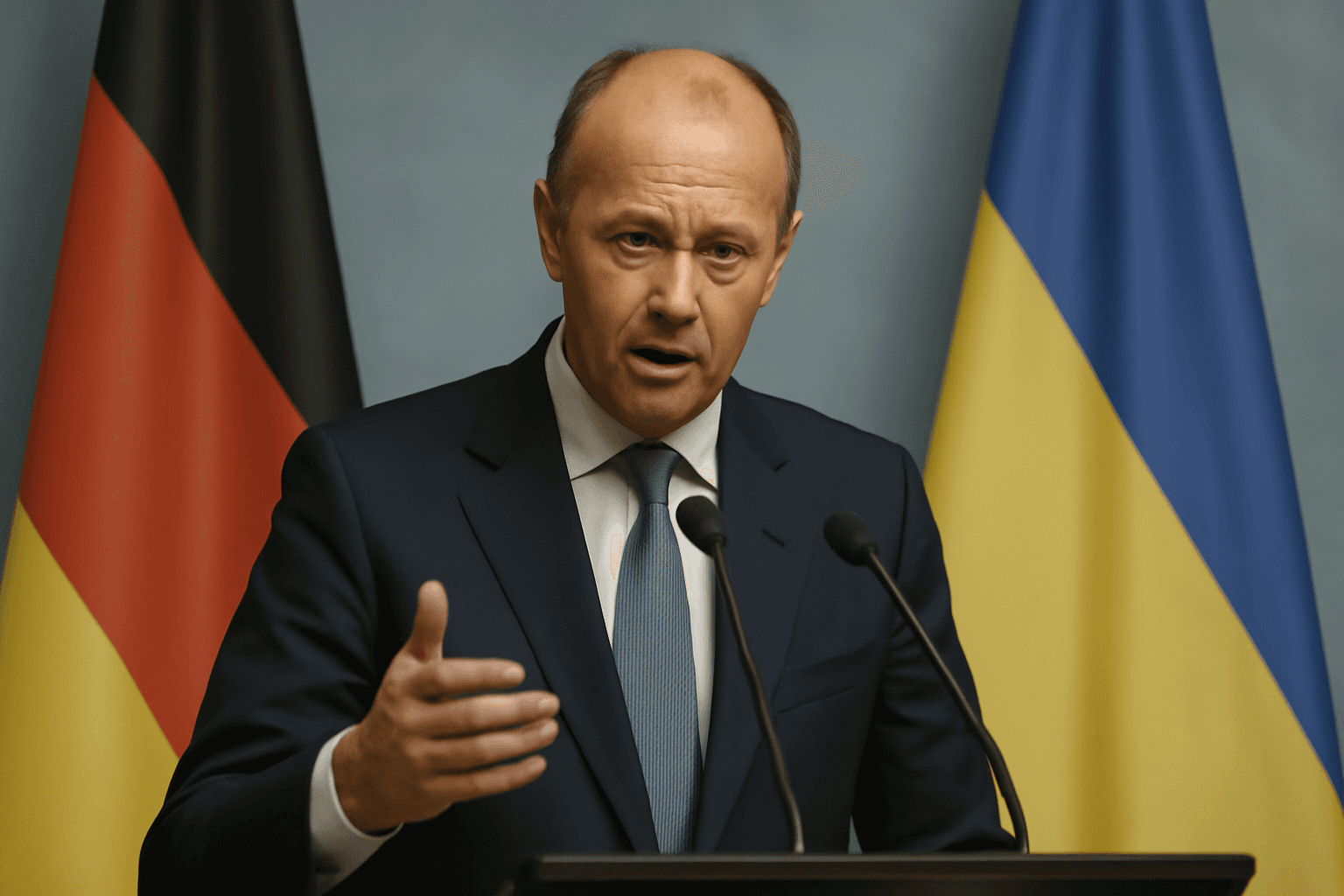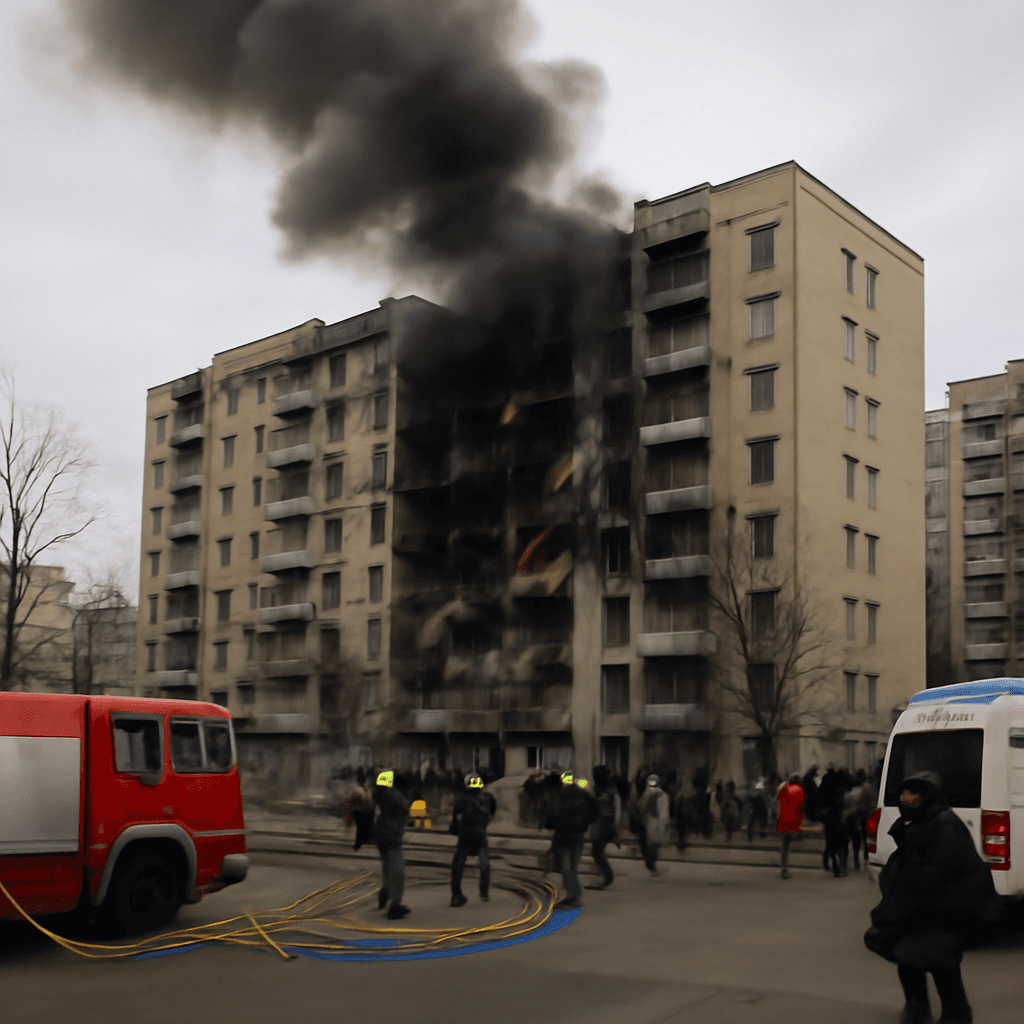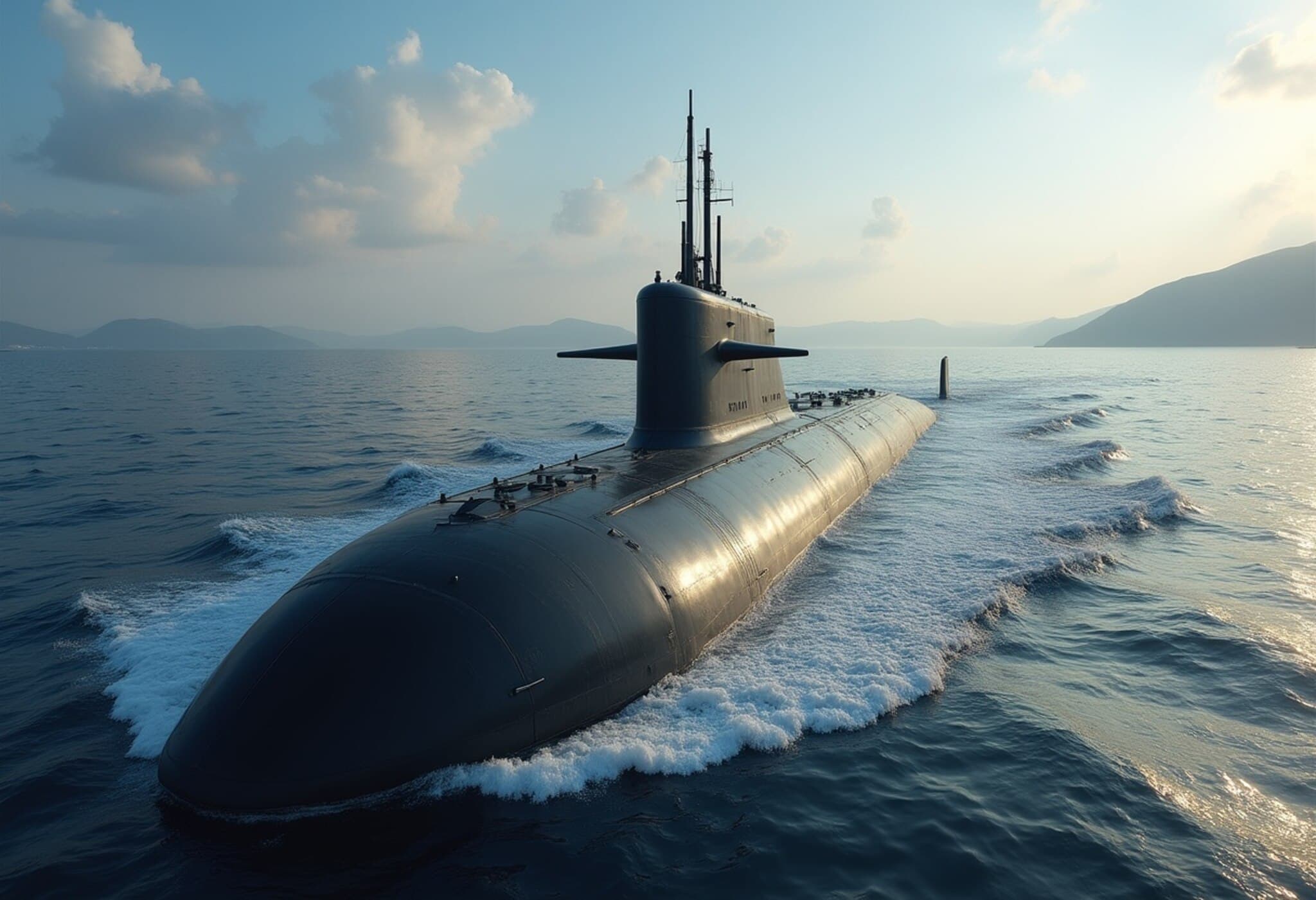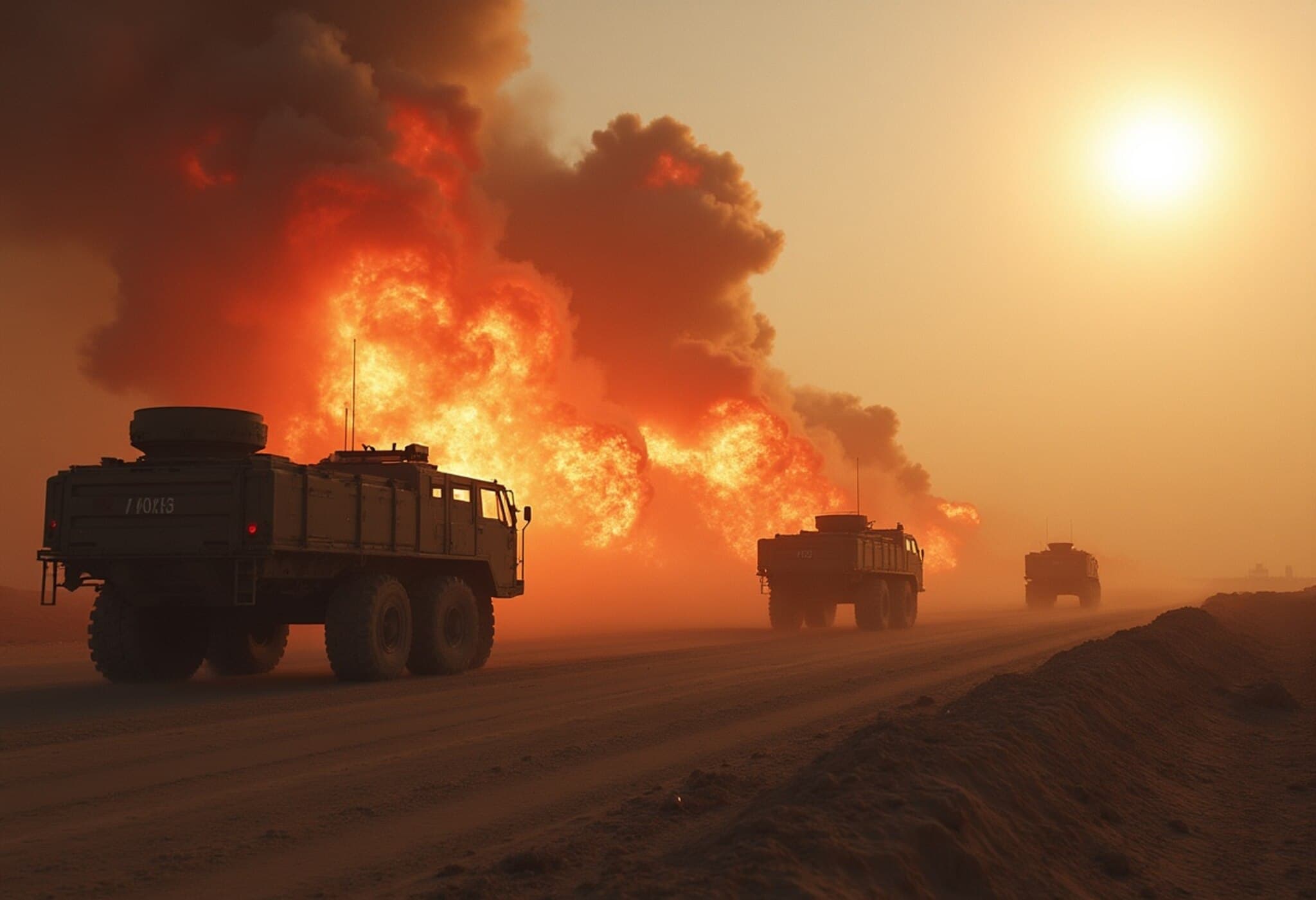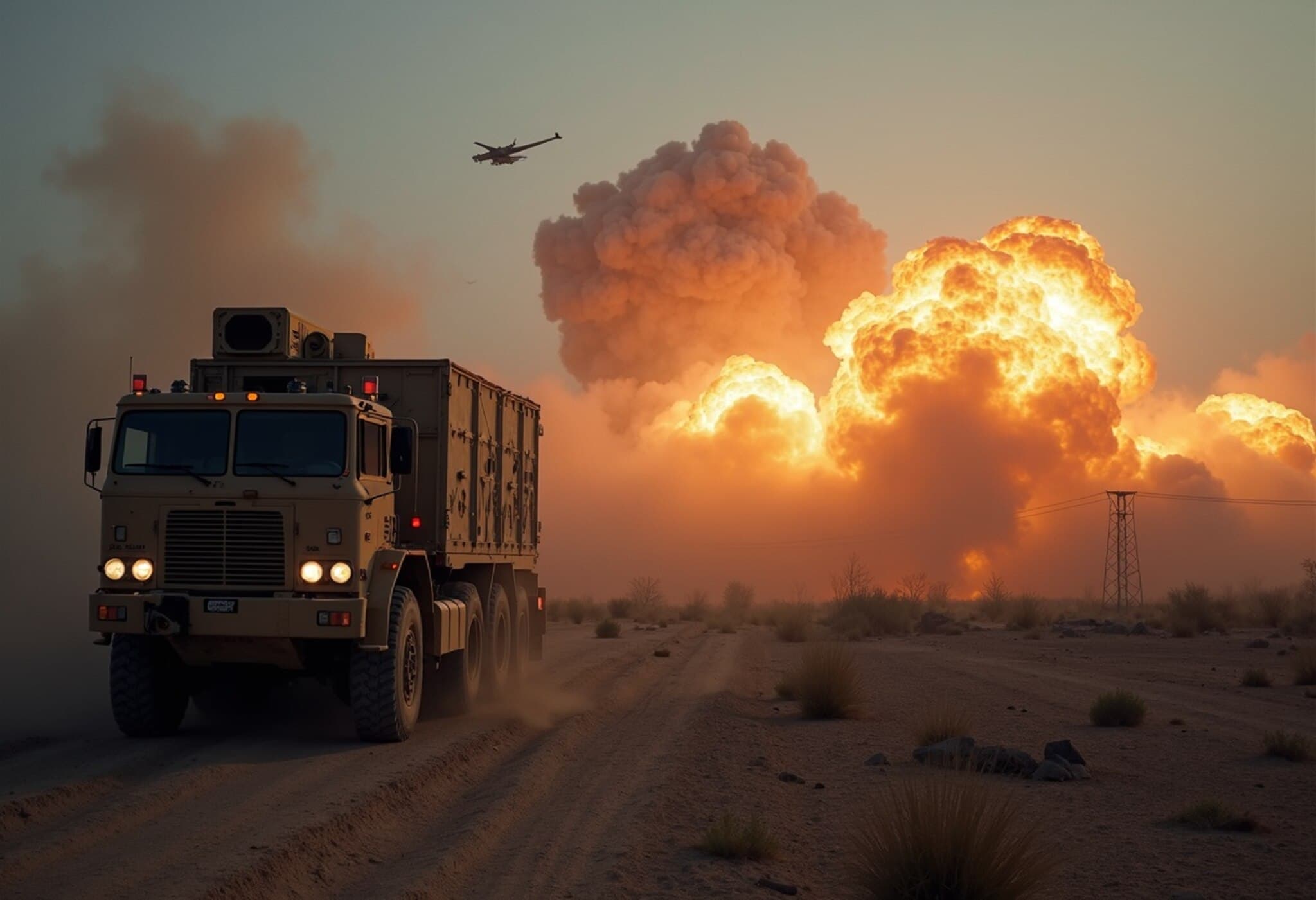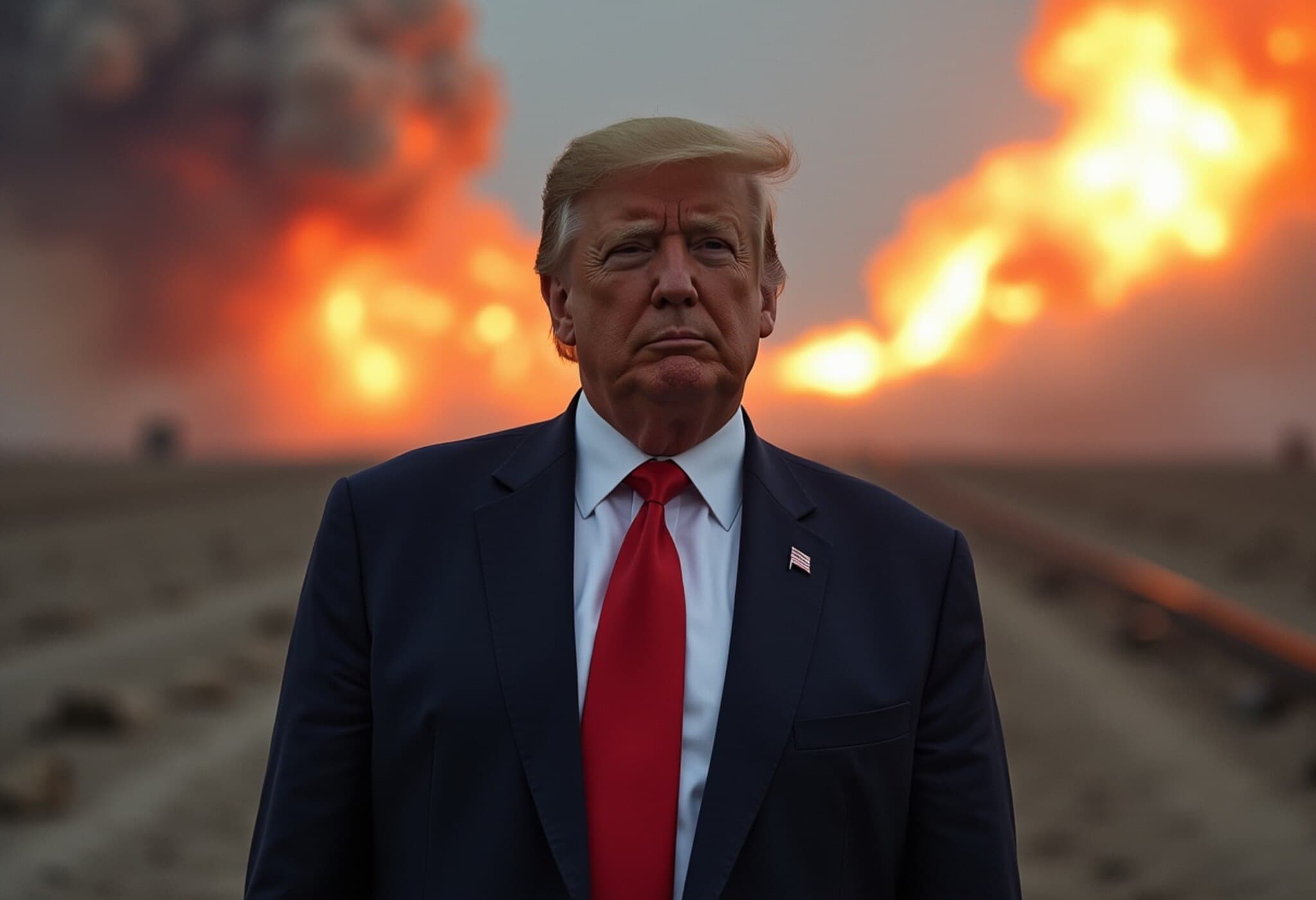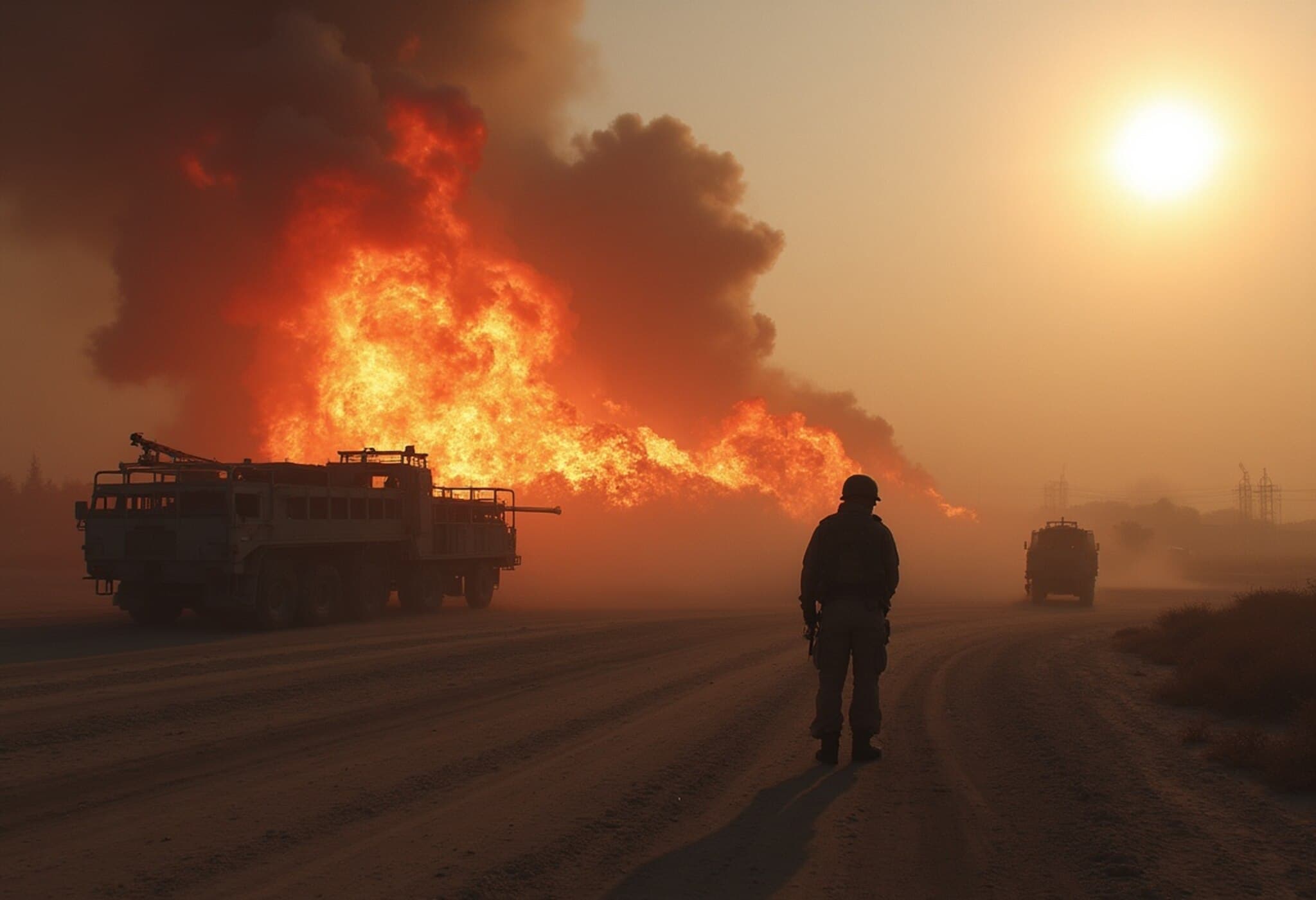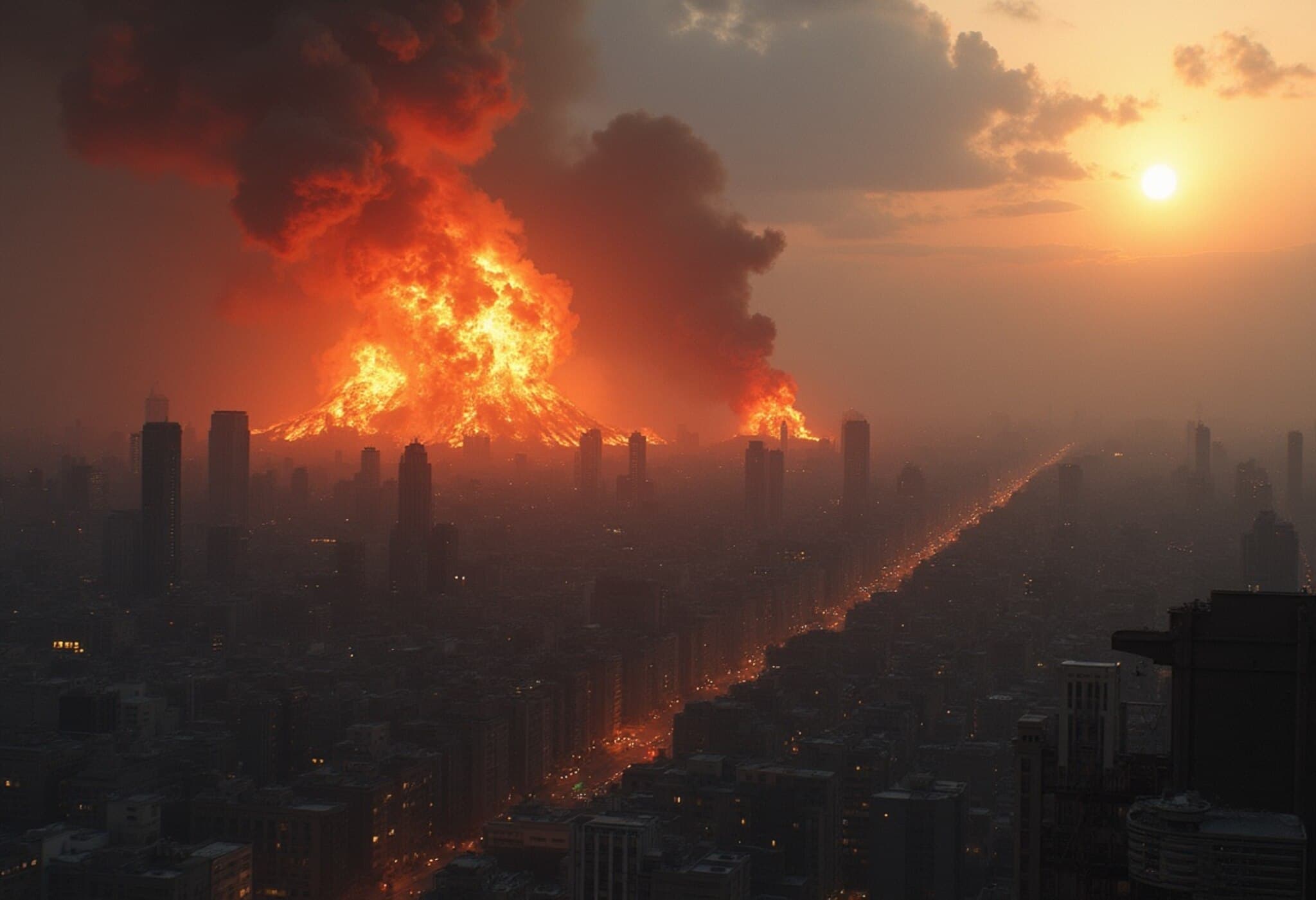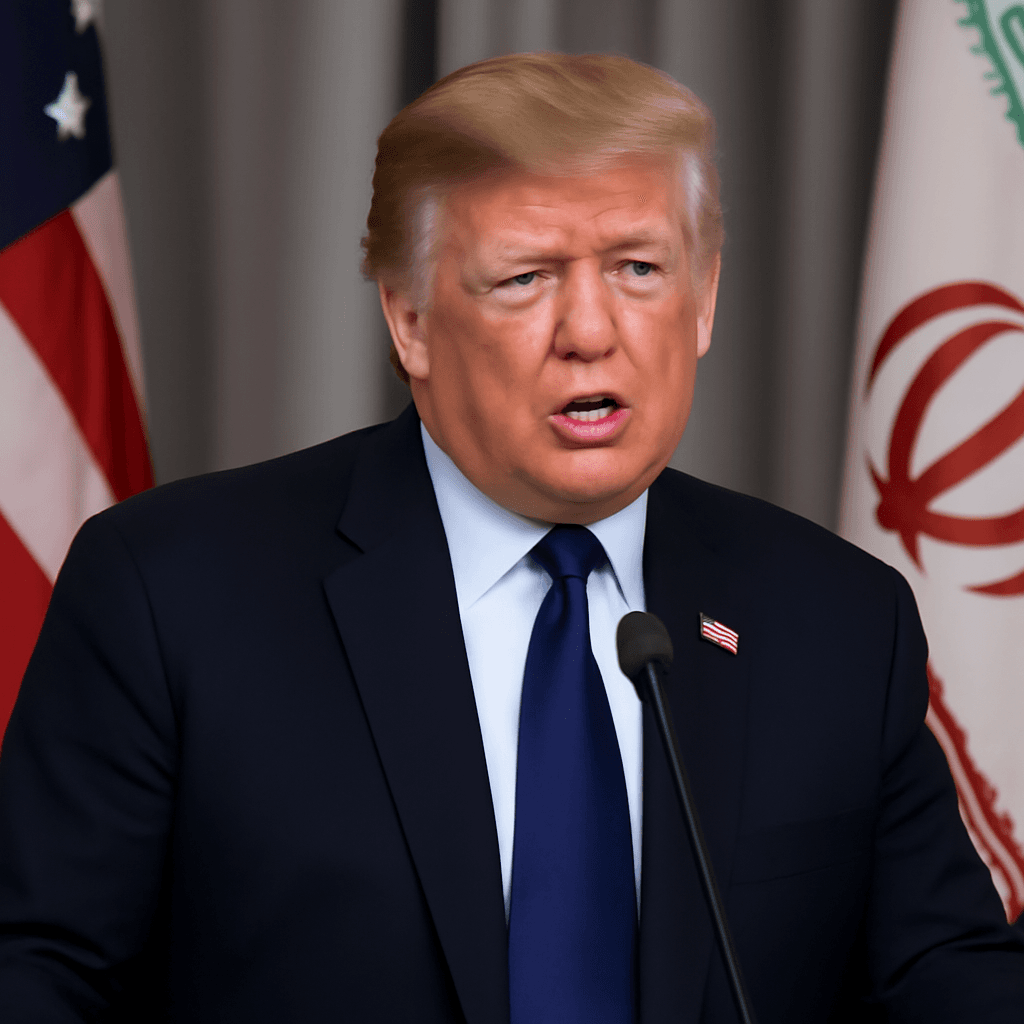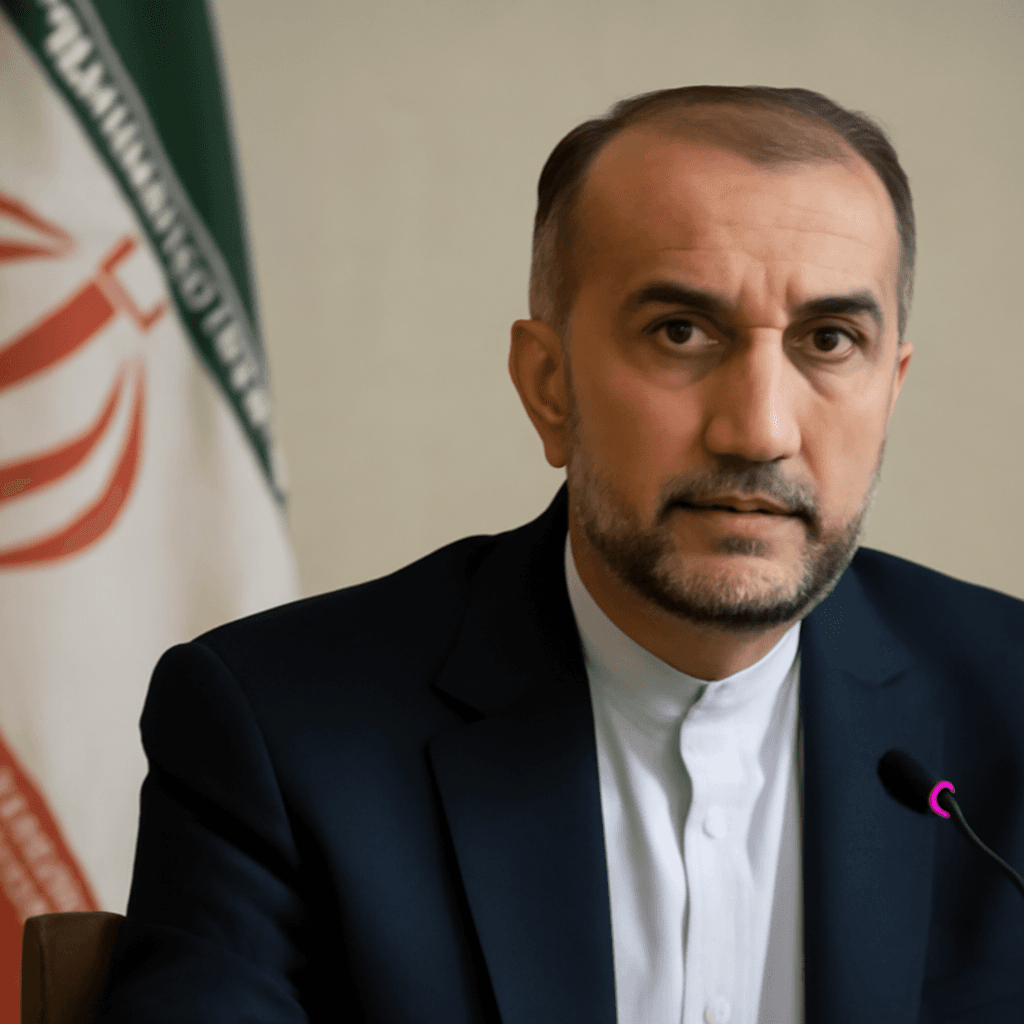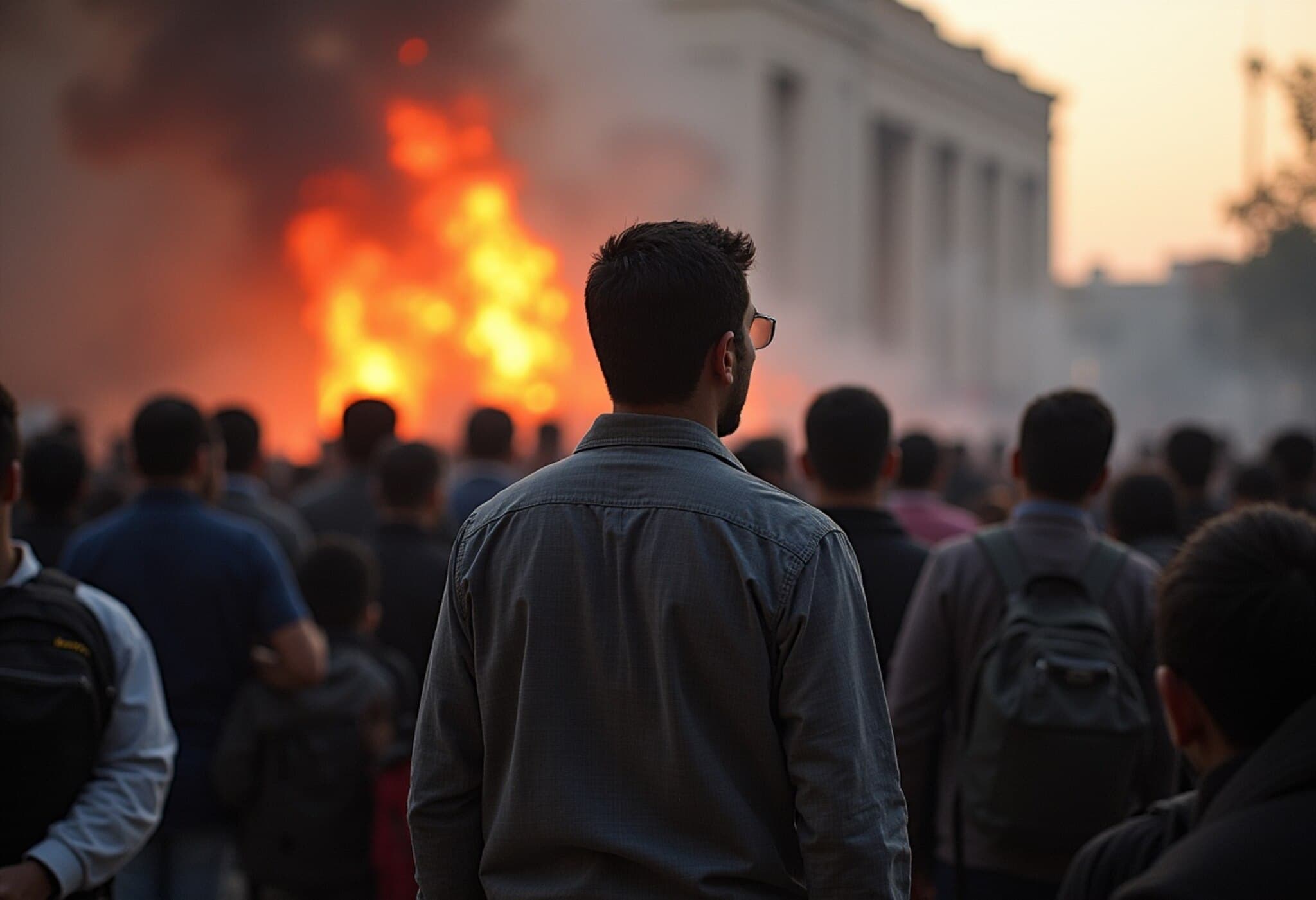Inside Operation Midnight Hammer: A Bold US Strike on Iran’s Nuclear Capabilities
In a dramatic escalation of tensions in the Middle East, the United States launched a precise and covert military operation targeting Iran’s nuclear infrastructure. Dubbed Operation Midnight Hammer, the offensive focused on three of Iran’s most sensitive nuclear sites—Fordow, Natanz, and Isfahan—delivering a powerful message on Washington’s commitment to preventing Tehran from advancing its nuclear capabilities.
1. Striking the Heart of Iran’s Nuclear Program
The strikes wrecked key facilities integral to Iran’s uranium enrichment and research efforts. At Natanz, which hosts around 13,500 operational centrifuges, the US targeted not only equipment enriching uranium to 5 percent but also advanced centrifuges capable of enriching uranium up to 60 percent—alarmingly close to weapons-grade levels. Meanwhile, the Isfahan complex, home to Chinese-built research reactors and the crucial Uranium Conversion Facility that transforms raw uranium into form usable for enrichment, also bore the brunt of the attack.
Fordow, uniquely fortified deep underground inside a mountain some 260 to 300 feet beneath the surface, had long been impervious to conventional airstrikes. This facility houses approximately 2,000 active centrifuges and was notably unscathed by recent Israeli raids. The US utilized GBU-57 Massive Ordnance Penetrators—massive 30,000-pound bunker busters specifically designed to penetrate hardened targets—to breach this resilient site.
The Pentagon described these strikes as essential efforts to “severely degrade Iran’s nuclear program,” underscoring the high stakes involved.
2. Sophisticated Force and Arsenal Behind the Operation
Execution of this mission called for a formidable and complex air campaign. Seven B-2 Spirit stealth bombers, each crewed by two pilots, launched from Missouri as part of an extensive strike package involving over 125 aircraft. This fleet included advanced fourth- and fifth-generation fighter jets acting as decoys, surveillance planes, and aerial refueling tankers ensuring sustained flight.
The B-2 bombers dropped 14 GBU-57 bunker busters primarily on Natanz and Fordow, while a US guided-missile submarine launched more than 24 Tomahawk cruise missiles targeting the Isfahan facility. This synchronized assault combined aerial bombing with precise naval missile strikes for maximal effect.
3. A Meticulously Timed and Lengthy Mission
The operation spanned an intensive 18-hour period, marking the longest B-2 mission since 2001. It demanded multiple in-flight refuelings and incorporated various deception tactics like airspace clearance and the use of decoys to confuse potential adversaries. All three target sites were struck within a tight window between 6:40 pm and 7:05 pm Eastern Time, concluding with the Tomahawk missiles finishing their devastating work at Isfahan.
4. Stealth and Surprise: Key Ingredients for Success
Maintaining strict secrecy, the White House kept details about the operation under wraps, with only a select few aware of the exact timing and nature of the strike. The US military reported that Iran’s air defenses failed to respond, and not a single American aircraft faced hostile fire—highlighting the operation’s covert precision and the element of surprise.
5. A Powerful Message on American Resolve
Defense Secretary Peter Hegseth called the operation “bold and brilliant,” asserting it emphatically demonstrated that “American deterrence is back.” He emphasized that none of the targets were personnel-oriented, ensuring no civilians or Iranian troops were harmed during the strikes.
Hegseth warned Tehran against retaliation and reaffirmed the US stance that Iran “cannot have a nuclear weapon.” Echoing earlier remarks by President Trump, he stated that while the US does not seek war, it will act decisively if its interests or allies are threatened.
What Happens Next?
Following the strikes, President Trump reiterated his hardline stance against Iran’s nuclear ambitions, cautioning that Tehran faces a choice between peace or escalating tragedy far greater than recent confrontations.
Israel’s Prime Minister publicly praised the US operation, calling it a historic and righteous action that would reshape the region’s future. Meanwhile, Iran’s Supreme Leader denounced the move as gravely detrimental to US interests.
In a significant escalation, Iran’s Parliament approved measures to potentially close the Strait of Hormuz—a crucial maritime corridor responsible for roughly 20 percent of global trade. The final decision lies with Iran’s highest security body, which has yet to make a formal announcement.
Operation Midnight Hammer dramatically underscores the lengths Washington is willing to go to prevent Iran from acquiring nuclear weapons, signifying a tense new chapter in Middle Eastern geopolitics.

